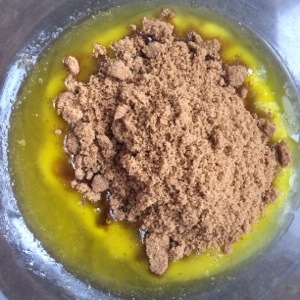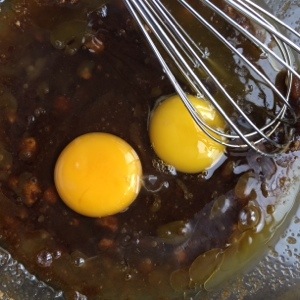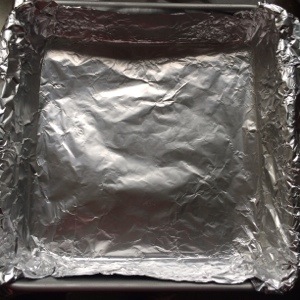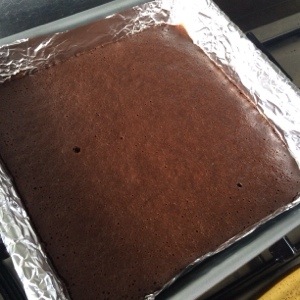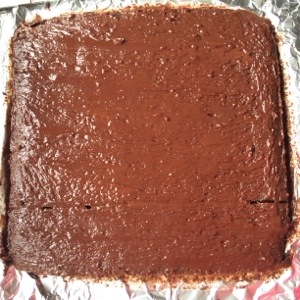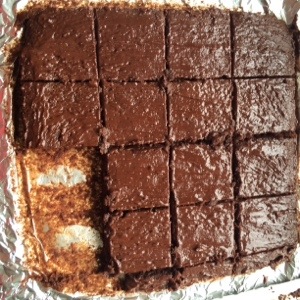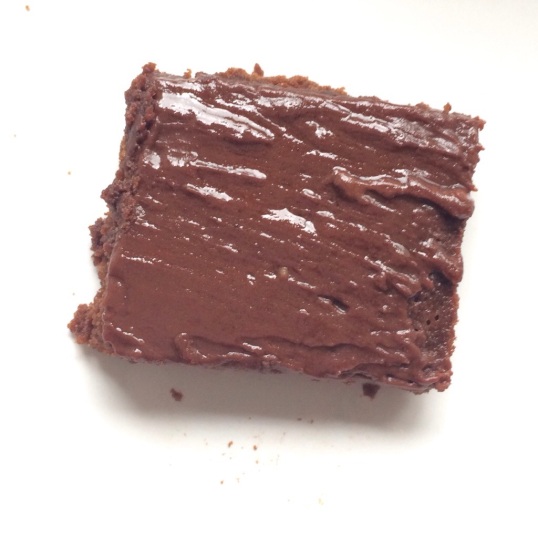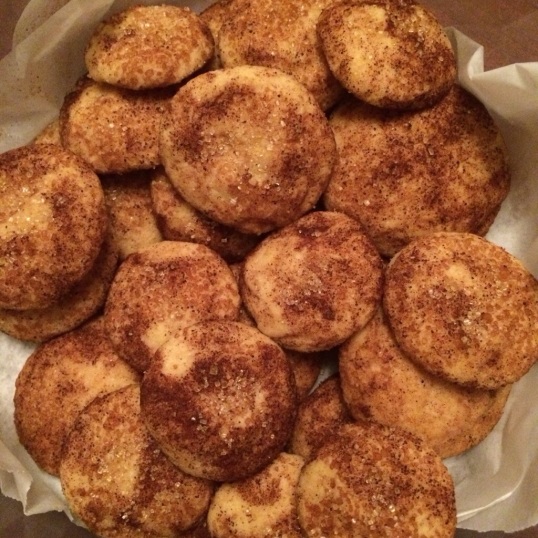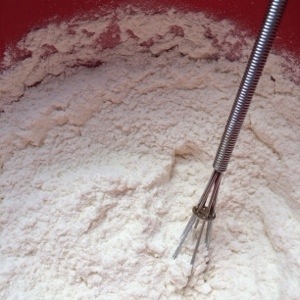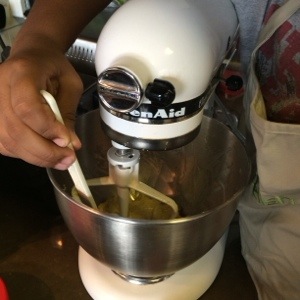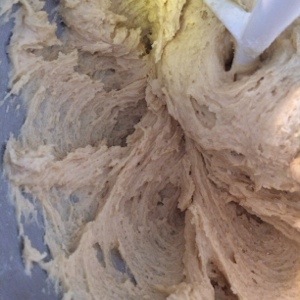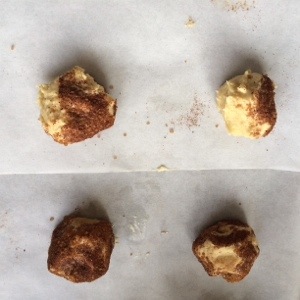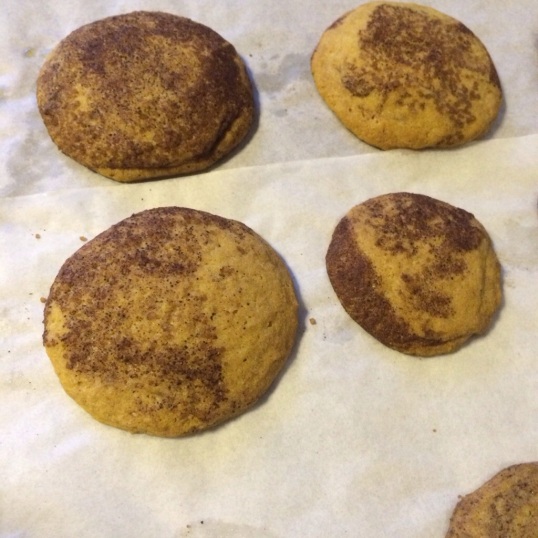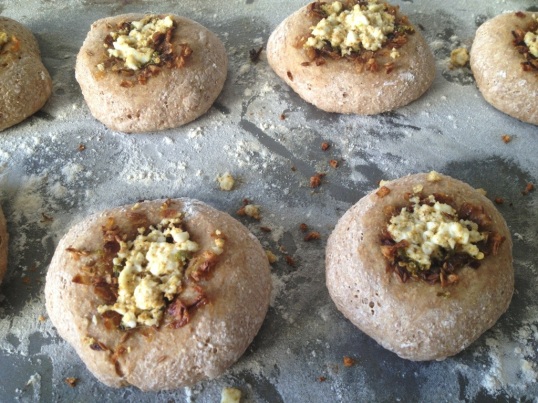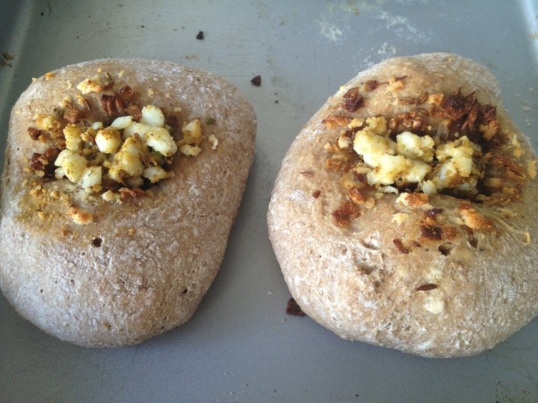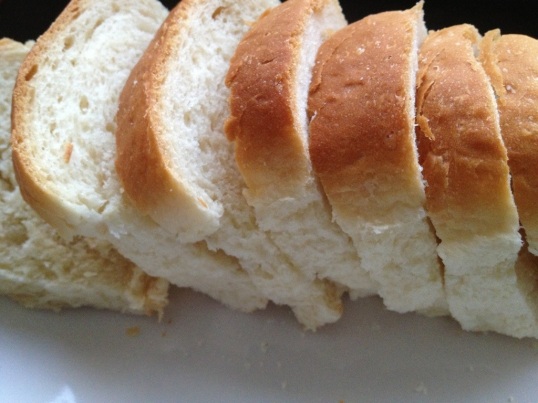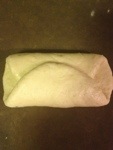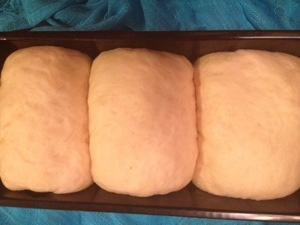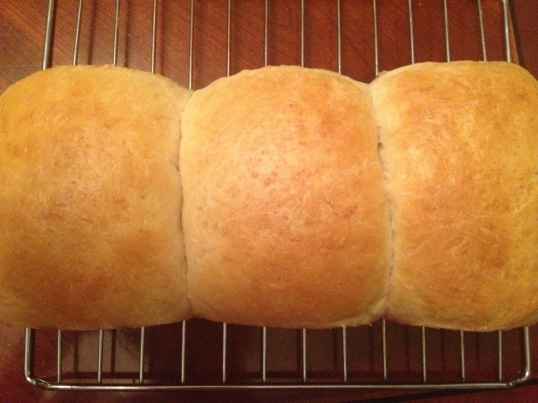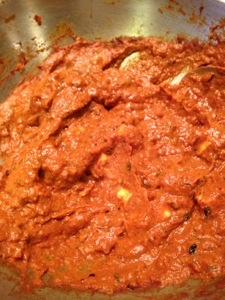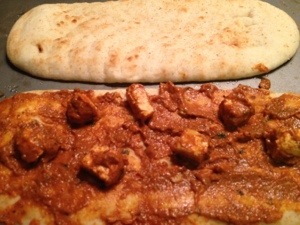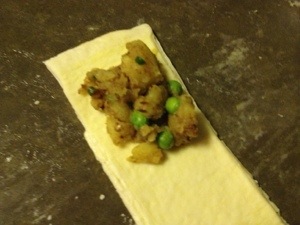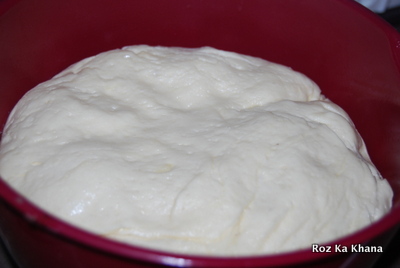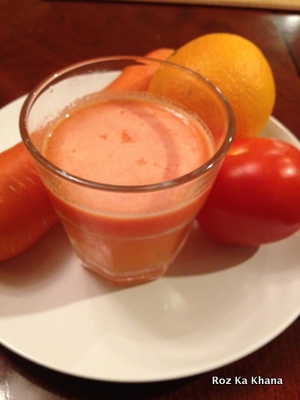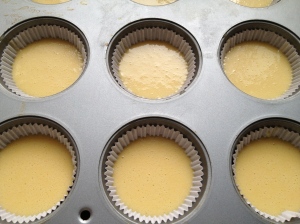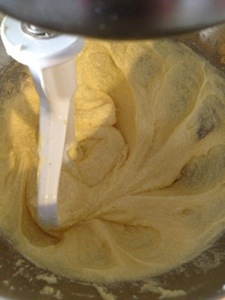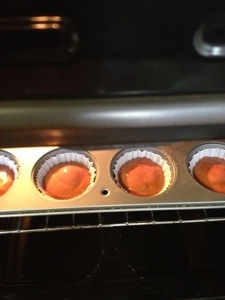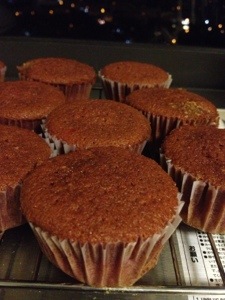“Best” Brownies from scratch
I was looking for a fudgy brownie recipe this weekend. Strangely I’ve never managed to make that perfect brownie – moist, fudgy with that crusty texture on top. The only times I have been successful is when I use boxed mixes but my attempts “from scratch” have always ended up tasting like chocolate cake which as you know is not the same:(.
A brownie is a brownie and a cake is a cake. And a brownie made from a box is not the same as one from scratch – I wouldn’t have said this 5 years ago I know. I’m trying to be more “health conscious”now. No processed foods and mixes. Whatever, you say. These are still quite “sinful” brownies. Okay, I’m not being snooty. But you will agree with me that as you begin to experiment with creations from scratch it is a whole new world out there. It raises the bar. So the perfect brownie from scratch remained an elusive recipe for me.
Until I found this recipe on allrecipes that calls itself “best” brownies. The recipe and video links are easy enough to follow and got me to try them yesterday. These were gone in a day – enough testament that out of 16 brownies I made on Saturday for my son and his friend we had 3 left on Sunday morning with 1 being devoured for breakfast :). “Best brownies” for sure – at least among all the recipes I’ve tried. I modified them a bit to include some organic plain and wholemeal flour, raw cacao powder for cocoa powder and muscavado sugar instead of white sugar and powdered demerara sugar for the icing. I am trying to make them as “healthy”as possible:)
These are not vegan, however and I did use butter and eggs, though I’m sure substituting applesauce instead of butter and flax seed meal for eggs will give you a similar result. I plan to try the vegan version next weekend and will let you know. Note – for the flax seed egg substitute – grind flax seeds to a powder. Use 1 tbsp flax seeds mixed with 3 tbsp water and beat well by hand or in a blender till you get a frothy mixture. This is for 1 egg. and you can double for 2 eggs. Add the frothy mixture instead of the eggs to the batter.
And I also used my own frosting recipe, not the one shown in the link.
Ingredients:
1/2 cup organic unsalted butter
1 cup muscavado sugar (you may also use palm or coconut sugar)
1/2 cup mix of organic all purpose flour and wholemeal flour (you may use 100% of any one flour as well)
2 eggs
1 tsp vanilla extract or 1/2 tsp vanilla bean paste
1/3 cup raw cacao powder (or regular cocoa powder)
1/4 tsp salt
1/4 tsp organic natural baking powder
Frosting:
1/4 cup unsalted butter
3/4 cup confectioner’s sugar or powdered demerara sugar
1/8 cup raw cacao powder
1 tsp vanilla extract
1 tbsp cream or 2 tbsp milk or almond milk
Method:
Here’s the step by step with pictures:
1. Preheat the oven to 175C or 350F. Take the butter in a microwave safe glass bowl. Microwave for 30 seconds till butter completely melts.
2.Add the muscavado sugar and mix the butter and sugar mixture well with a beater.
3. Add the 2 eggs. Beat well with the hand beater till you get a homogenous mixture.
4. Now add the raw cacao powder. Mix well again.
5. Take a 8×8 inch baking pan and line with aluminium foil. Ensure that the foil overhangs from the sides and you can fold over the rim. This step is very helpful when you have to remove the brownies from the pan.
6. Pour the prepared brownie batter in the pan.
7. Bake at 175C or 350F for 25-30 minutes. Make sure you don’t overcook. You can use the knife test to see if done (should come out clean)
8. Frosting method: In a stand mixer with the paddle attachment or in a food processor or in a large bowl using a hand beater or a wire whisk, cream the butter and stir in the confectioners/powdered sugar and cocoa, mix on low speed and cream again until soft and creamy. Stir in the vanilla extract or other flavouring of choice and beat again for a couple of minutes.This is a flexible recipe and if your icing is stiff add a little more milk, a tablespoon at a time and if your icing is thin, stir in more powdered sugar.
Spread the frosting over the warm brownie with a spoon or spatula.
9.Cut into equal squares. Enjoy warm.
Makes you want to lick the batter and frosting , doesn’t it? Here’s another picture just to add to the food porn:)


